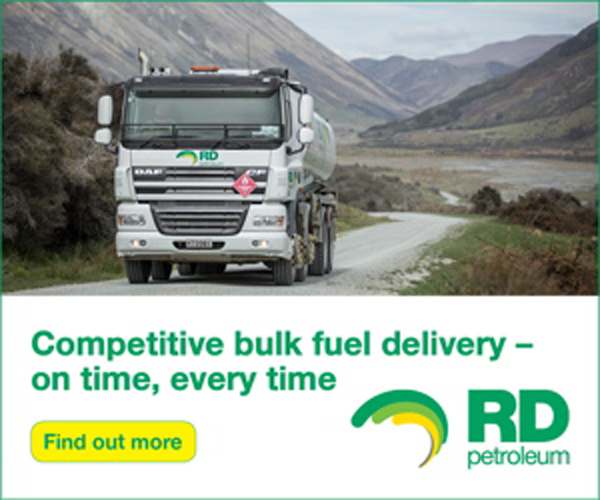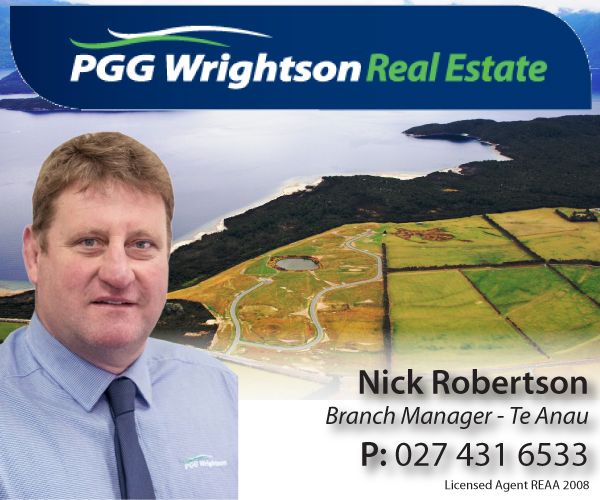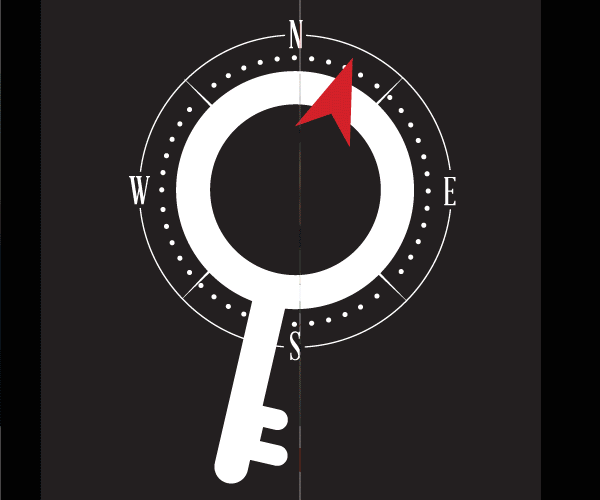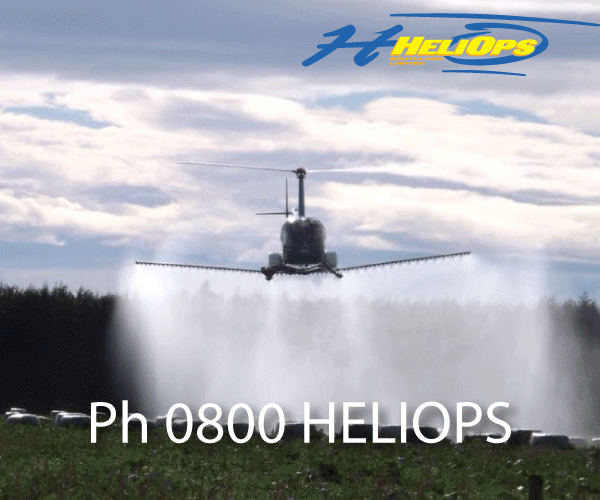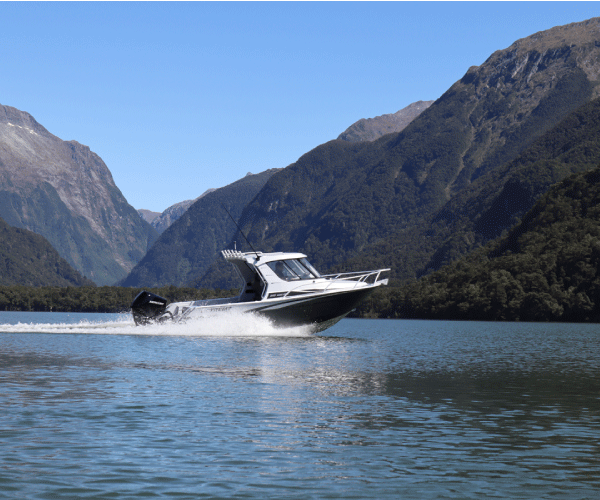Fiordland air sharing carbon secrets with scientist
15 September 2021, 1:59 AM
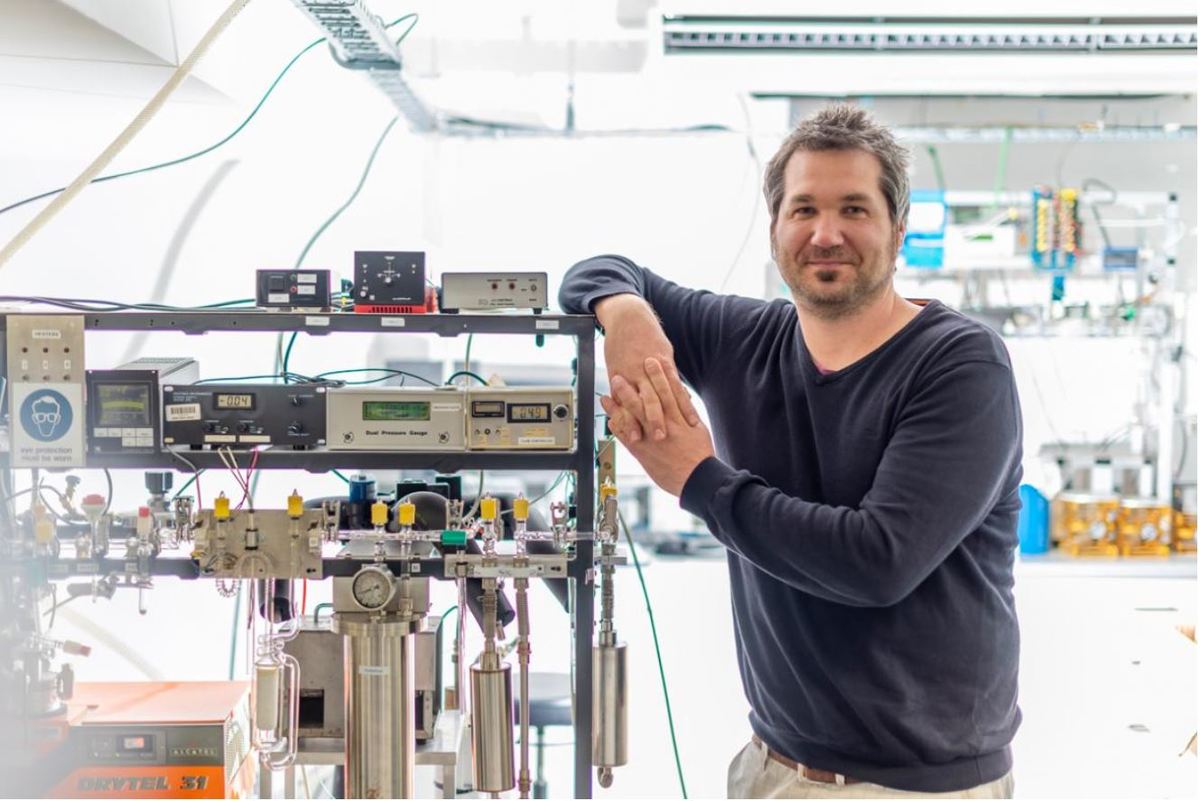
Fiordland – all 1.2 million hectares of it - is full of fresh ocean air and trees. No surprises there. Well, actually, yes there are. NIWA atmospheric scientist Dr Peter Sperlich explains his team’s on-going Fiordland air and water sampling project to Southland App reporter Marjorie Cook (while she was still with the App).
Depending on your perspective, field science in Fiordland could either be the most unpleasant, sick-making assignment you have ever had, or one of the most exhilarating encounters with nature in all its terrible splendour.
German-born scientist Peter Sperlich takes the second view.
He works in the NIWA-led CarbonWatch NZ project, with part of his role to collect and analyse air samples taken from two sites in the Fiordland National Park over the last 18 months.
Advertisement: Wastenet
The project began because previous NIWA research had suggested Fiordland’s forest is acting as a huge carbon sink, absorbing a lot more of the greenhouse gas carbon dioxide than previously thought.
This was a surprise discovery that could potentially change scientists’ views on the role of native forests in the carbon cycle.
The CarbonWatch NZ project aims to build the world’s first complete national scale picture of a country’s carbon footprint based on atmospheric data and atmospheric transport modelling.
The measurements enable scientists to study the carbon dioxide budget of the forest, which is the balance of carbon dioxide absorbed and released by Fiordland’s soils and vegetation.
Advertisement: Thai Anau
Sampling began in Fiordland in late 2019, focusing on one inland site and one coastal site.
“We always go in the morning to the coastal sites and take the air sample there. And then we go to the inland sites and take a sample in the afternoon.
“We say the coastal site is representative of the air from the ocean as it hits Fiordland’s coastline. At the inland site, it is the same air after the forest has communicated with that particular air parcel.
Air samples are collected in glass flasks, which are then transported from the field to NIWA’s atmospheric laboratory in Wellington for analysis of carbon dioxide and other greenhouse gases contained within. Some of the samples are sent to further laboratories in New Zealand as well as overseas for the analysis of additional tracers.
Advertisement: Stihl Shop Invercargill
Sounds simple. But no.
It’s best that the work is done in a strong south-westerly.
This fresh ocean air needs to be continuously blowing onto land for more than a day, something that happens frequently in Fiordland, but the exact timing is hard to predict.
However, the project had its fair share of unforeseen challenges.
Advertisement: Southern Isuzu
Shortly after the project began in 2019, sampling was disrupted by the impact of catastrophic Australian bush fires.
For weeks in January 2020, New Zealand skies glowed orange from the air particulates blown some 2000 km over the Tasman sea.
The huge plumes of combustion products overrode the subtle signals of the forest and would have contaminated instruments, so the scientists downed tools until the fires calmed down.
Problems continued when sampling equipment that was sent overseas for testing got damaged in transit to the overseas lab. While tests could still go ahead, there were added logistics to return the semi-repaired equipment to New Zealand for more repairs.
Advertisement: Reading Cinema
In February 2020, Southland flooded, causing widespread damage to the Fiordland National Park, sparking a region-wide state of emergency and keeping the scientists out of the forest.
In March 2020, science work was put on hold again by the Covid-19 pandemic and it wasn’t until November 2020 that sampling could resume.
Last month, August 2021, it seems as if New Zealand’s winds are influenced by a second year of La Nina conditions, resulting in a much smaller number of sampling days than anticipated. Let alone another Covid-19 lockdown.
Any single one of the events was a disruption to the programme, let alone having them all in a row.
Advertisement: RD Petroleum
Fortunately, funders, including the MBIE and the Royal Society of New Zealand, granted an extension to the project.
“If we just have a few samples here and there, we are limited in what we can say, so we are going into another round,” Dr Sperlich said.
When the Southland App enquired how things were going, Dr Sperlich was just back from another trip to Fiordland and still reliving the storms.
“It was great. . . Being from an industrial part of Germany, it is really easy to form a deep emotion for the beauty in Fiordland when you are engaged in it . . . It is beautiful but it is pretty rough. Especially last weekend. Sampling always needs a south westerly and that is often associated with not the greatest weather, at least at the coast,” he said.
Advertisement: Otautau Four Square
Every time Dr Sperlich goes to Fiordland, he cannot be certain what he is in for. Logistically, the work is challenging because it is “super weather dependent” and the team commits to dates without knowing what they will get, he said.
“It doesn’t make it easy, both for people and equipment.”
Besides the challenges, the team has managed to collect a number of valuable samples.
“We see the forest breathing as the difference between the two sampling sites. It is just unknown what really happens inside the fiords’ waters and if that would cause a big bias to our observations.
Advertisement: Nind Dairy
Last December, Dr Sperlich and colleagues Tony Bromley, Ross Martin and Sally Gray were given the opportunity to use NIWA’s research vessel Kaharoa to intensify and expand the observations in Fiordland. All went well in Fiordland, with a pleasing amount of south-westerly airflow for scientific purposes. The scientists needed cast iron stomachs to do their work on rough seas.
“We were just very lucky, the weather was perfect the day after the ship arrived in Fiordland. At Te Waewae Bay, we just got this really massive south westerly storm with gale force winds, eight metre waves on a 26-metre boat. It was a treat. It was definitely something else. It was an experience, really cool.”
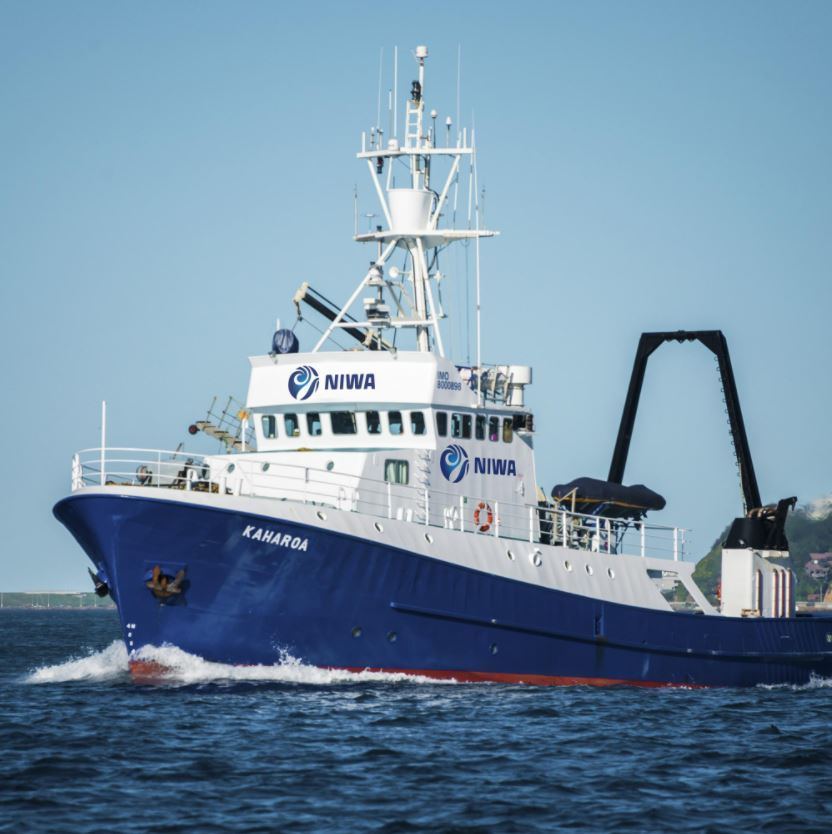
NIWA’s research vessel Kaharoa. Photo: Supplied
The NIWA crew sampled every fiord it had permission to sample. NIWA cannot sample marine reserves but is still able to access 90 percent of fiords. The team took 80 additional air samples and about 250 water samples, making this a very successful voyage. They were also rewarded by the beautiful scenery when sailing into the Fiords to take additional water samples.
Of two water samples taken per site, one goes to Otago University to measure DIC (dissolved organic carbon) and alkalinity. Those measurements are used to calculate how much CO2 is in the water.
The other sample is used to measure isotopes of DIC and the water itself.
Dr Sperlich likens it to piecing together a jigsaw. The water samples help infer fluxes of CO2 between the ocean and the atmosphere.
Advertisement: Prue's Berry Farm
Essentially, the fluxes report how much CO2 goes out of the air into the water or how much CO2 comes out of the water and into the air.
“If fiord water was taking out all of the CO2 then maybe the forest wouldn’t be the major driver of this signal that we see in the atmosphere.
“And if the fiords aren’t the major CO2 player, then it would confirm to be the forest. We would just like to narrow that down.
“It looks quite likely that Fiordland’s native forest has a huge role, absorbing the CO2 from the air.
Advertisement: Nick Robertson PGG Wrightson Real Estate Te Anau
“It just seems that the amount of carbon dioxide that goes into the forest is a lot more than what comes out. And hence the budget is what we measure. The difference points towards a very strong carbon dioxide uptake by the forest,” Dr Sperlich said.
The precise fluxes are very challenging to measure, because the two fluxes of carbon dioxide going into the forest and coming out of the forest are very large, while the difference between the two is small.
What Dr Sperlich is really excited about, is that air samples reveal further information on specific ecosystem processes. He measures additional atmospheric tracers, such as carbonyl sulfide concentrations and a range of isotope ratios .
The scientists are trying to apply these other traces to measure the forest’s gross primary productivity and respiration.
There’s hope these tracers might shed more light on the carbon puzzle. But for now, “there are a lot of unknowns in there for us”.
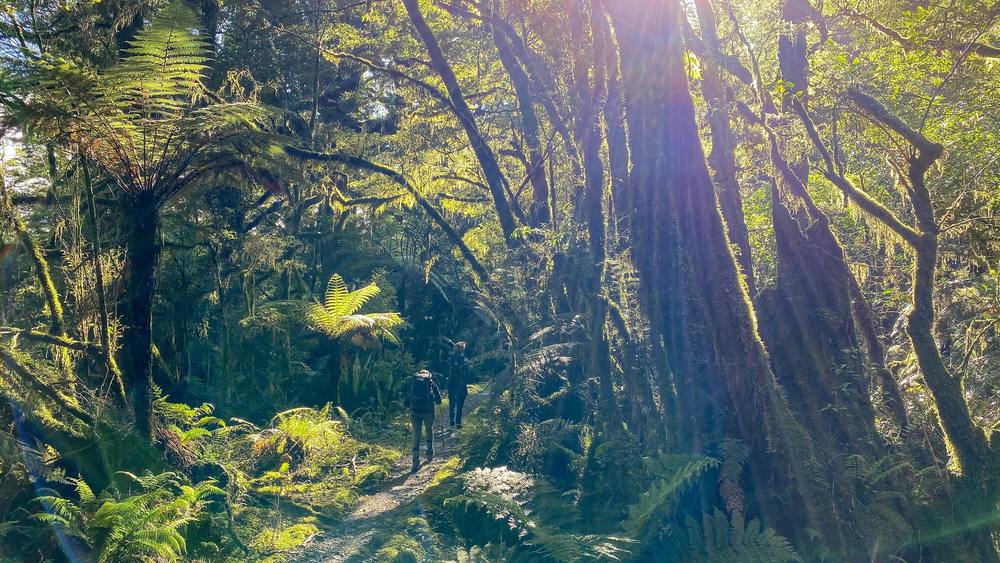
Milford track, Fiordland National Park. Photo: Mac Gaither / Upsplash
Is it a given to assume Fiordland would be a good carbon sink?
Dr Sperlich explains he is not a plant expert, but he understands there is an expectation that more established, mature forests are relatively carbon neutral and absorb just as much as they emit.
Therefore, that first result from the initial modelling study, finding a strong sink there, was surprising, he said.
While the scientists cannot say with certainty what is going on, they are encouraged that NIWA’s modelling systems seem robust.
Advertisement: Fiordland Escapes
“And for the forest, it seems to highlight the value of these old forests and efforts to protect them as well as we can,” he said.
How can this study help Kiwis understand the impact of climate change on Fiordland’s forest?
“That is a hard one to answer. To be really robust, we need long term measurements to show if there is change with climate and how is it changing with climate. What we are doing is getting a really good time slice of how it is now,” he said.
For many years now, all over the world, scientists have been using flux tower technology to investigate the exchange rate of carbon dioxide between forests and the atmosphere. These towers can measure, with very high-resolution detail, the changes in gas traces down to fractions of a second, however, this is a technique works best in a flat landscape and is not suitable for the topography in Fiordland.
Advertisement: Intaks
New Zealand has already been a huge contributor to this conversation, through the work of a University of Waikato team led by Professor Louis Schipper.
From these results, scientists have extrapolated that, in a business-as-usual scenario, by in 2040, less than 20 years from now, the vegetation on the planet might lose half of its potential to absorb CO2, due to climate change.
Dr Sperlich says if that turns out to be true, the planet is facing very fast change “and it will also be a very painful one”.
Coming up, the team will need to assess whether it can augment its current strategy for collecting more data by additional techniques.
Advertisement: HeliOps
“This is a challenging environment that doesn’t lend itself to the operation of a laboratory. There is no power, some instruments would need a temperature-controlled environment. It is just hard. But, it makes this project beautiful as well. We have to work around nature,” he said.
For 2021, his hope is to continue the sampling and further develop NIWA’s link with local iwi in Southland, and perhaps extend the Fiordland method of bottling fresh air in glass flasks to other areas in the country.
“One thing I am really excited about it is the range of tracers we measure. Many of them are very long established. Some of them are emerging over the last couple of years and increasingly used. The others are really newly proposed and their suitability needs verification.
"We measure a total of about 10 traces or so. What we see is that most of them are working together beautifully in allowing us to learn about different processes in the forest. Most other studies only measure one or two gases, and they don’t measure all these trace species.
Advertisement: Fiordland Marine
"So, if we can do a couple of flask collections from other sites in Aotearoa New Zealand as well, this different additional information will give more colour to other measurement series we make. It would be really exciting to roll out and expand our observations.”
Dr Sperlich says the chance to research in beautiful Fiordland is a “mind-blowing opportunity” for someone like himself, who comes from Cologne, a heavily industrialised area of Germany.
“To do bits and pieces of a puzzle and have people at NWIA who use such data in very comprehensive computer models, is a very sophisticated tool that you can use to answer further questions about carbon dioxide and other greenhouse gases, about the effect of measures to protect forests, to reduce greenhouse gas emissions and on the long-term effect of climate change on existing ecosystems.
"It is a really exciting time, that this is available here at NIWA, I couldn’t wish for a better place as a researcher.”
So, next time there’s a strong south-westerly there’s a strong bet he will be back with his tinkling glass flasks, eager for another dose of fresh Fiordland air.
CarbonWatch NZ is a collaboration between NIWA, GNS Science, Manaaki Whenua Landcare Research, Auckland Council and the University of Waikato. See: niwa.co.nz/carbonwatchnz
AG | TRADES & SUPPLIES





